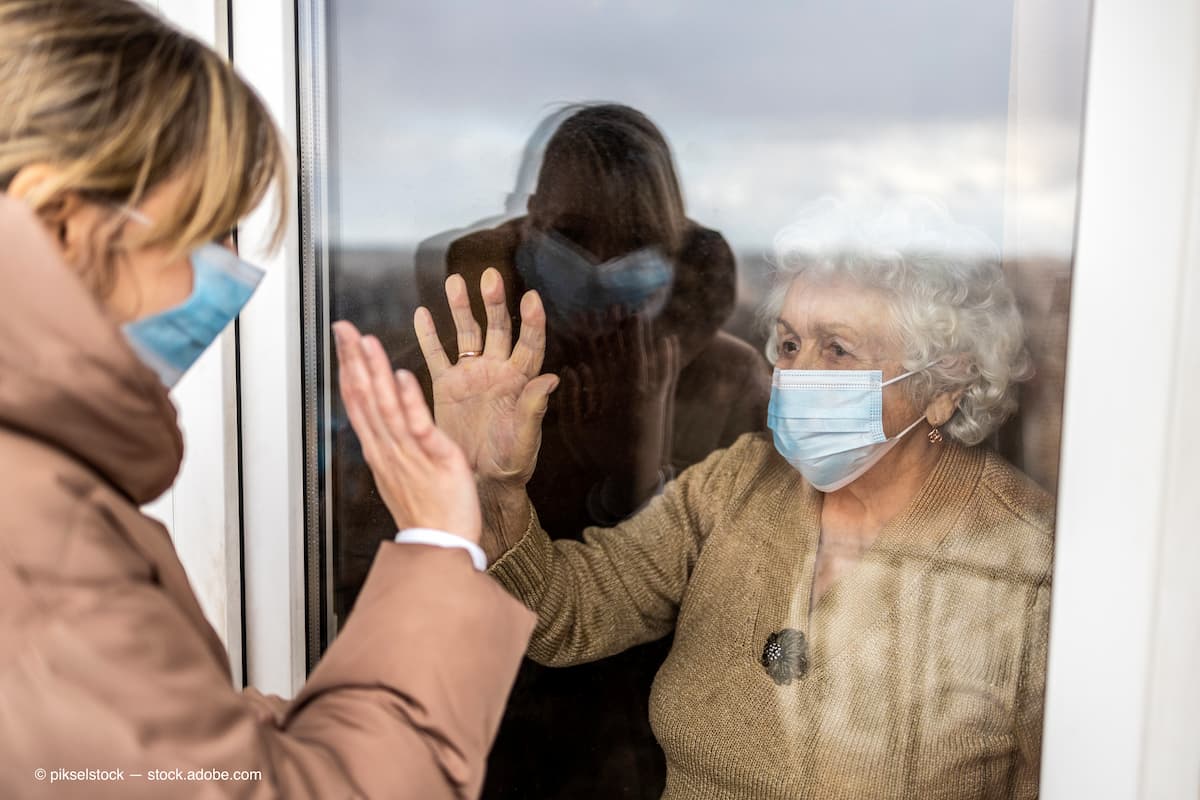Report shows increase of visual decline in AMD patients during COVID-19 lockdown
Treatment suspension has negative impact on visual function.
Spanish investigators reported that the rate of visual decline increased significantly in patients with age-related macular degeneration (AMD) during the COVID-19 lockdown who were followed over time.1

These investigators, led by Daniela Rego-Lorca, MD, reported the acute consequences of suspension of treatment for a minimal 3-month period in 270 eyes of 242patients with AMD during the COVID-19 pandemic.2 After 1 year, they evaluated the functional and structural status of the same patients to determine if the visual turndown due to the lockdown could be fully or partially restored after 1 year of regular follow-up and treatment.
The data collected from examinations before the onset of COVID-19 were compared with the data obtained from the first visit after the lockdown and during the subsequent visits until 1 year later. The investigators calculated the rate of annual visual loss for each patient.
The authors reported, “This rate of visual loss increased significantly during the lockdown period, and after 12 months of regular follow-up, is still higher than before the COVID outbreak (3.1 vs. 1.6 Early Treatment Diabetic Retinopathy Study letters/year, p < 0.01).”
They found that the percentage of optical coherence tomography images that showed active disease was lower than before the lockdown period (51% vs. 65.3%, p = 0.0017), indicating that the signs of anatomic deterioration, regarding signs of active disease, can be fully restored. However, the results suggested that the functional consequences of temporarily suspending anti-vascular endothelial growth factor (VEGF) therapy cannot be totally reversed after 12 months of treatment, because the best-corrected visual acuity remained lower and the rate of visual loss was still higher than before the start of the COVID-19 pandemic.
The authors commented, “Patients with AMD who had a delay of 3 or more months in anti-VEGF treatment, although achieving an anatomic status that was better than before the COVID-19 outbreak after 1 year of regular follow-up and treatment, maintained VA lower than before lockdown and are still losing vision at a higher rate than before the period of treatment delay.”